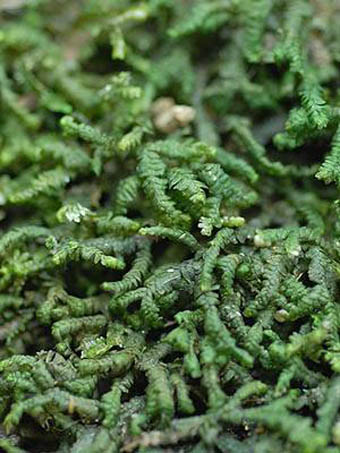Exploring the Hidden World of Bazzania Serpentina: A Unique and Fascinating Moss
Affiliate Disclaimer: As an affiliate, we may earn a small commission when you make a purchase from any of the links on this page at no additional cost to you!

image from: https://www.flickr.com/photos/huenchecal/2071433597/
Exploring the Fascinating World of Bazzania serpentina (Nees) Trevis. Moss
Introduction
Mosses are often overlooked, but they play a vital role in many ecosystems around the world. One particularly interesting species is Bazzania serpentina (Nees) Trevis., also known simply as Bazzania. This small but mighty moss belongs to the Lepidoziaceae family and has some unique characteristics. In this blog post, we’ll take a closer look at this fascinating plant.
Background
Bazzania serpentina is a species of
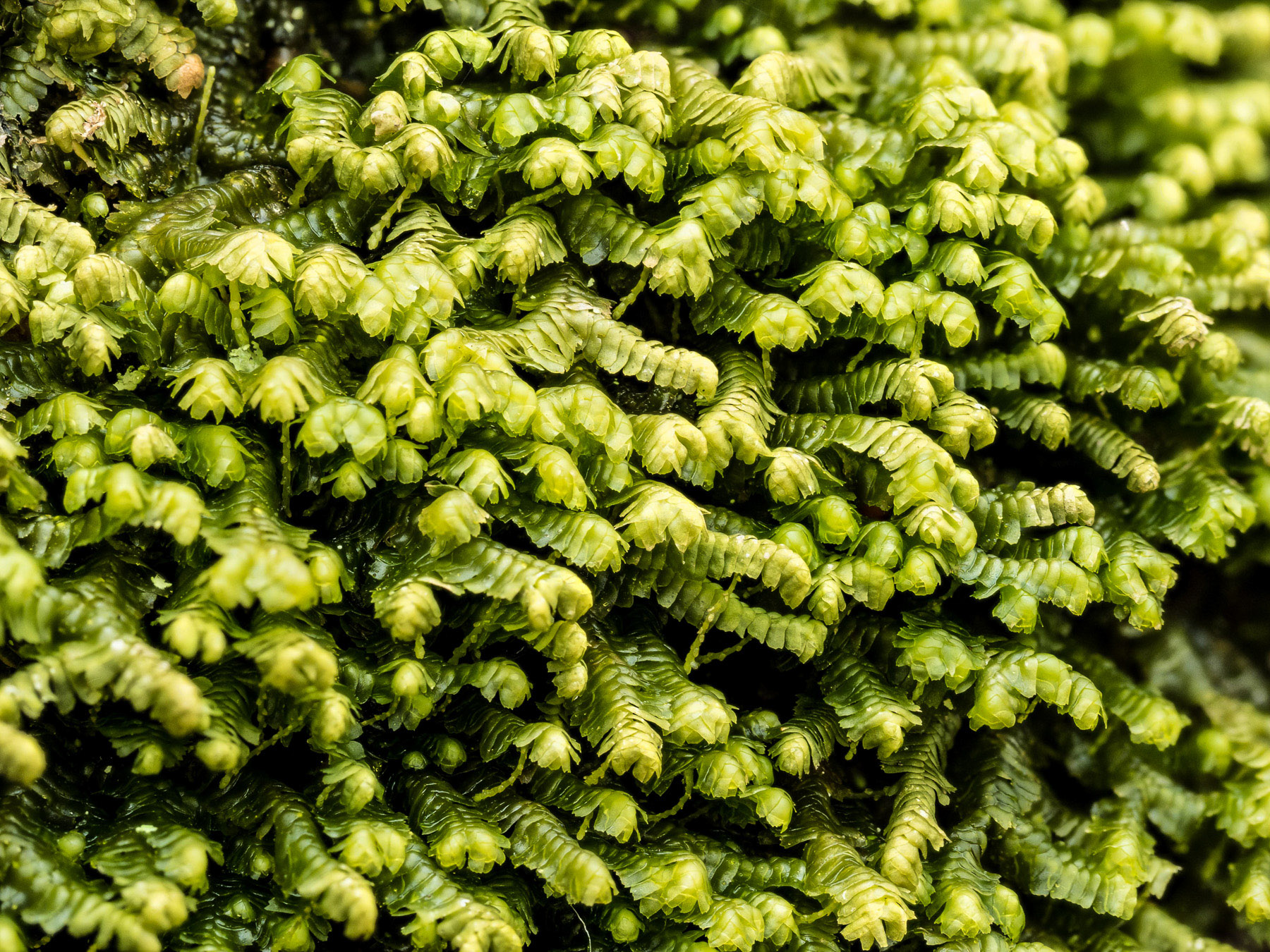
image from: https://ohiomosslichen.org/liverwort-bazzania-trilobata/
leafy liverwort, which are non-vascular plants in the division
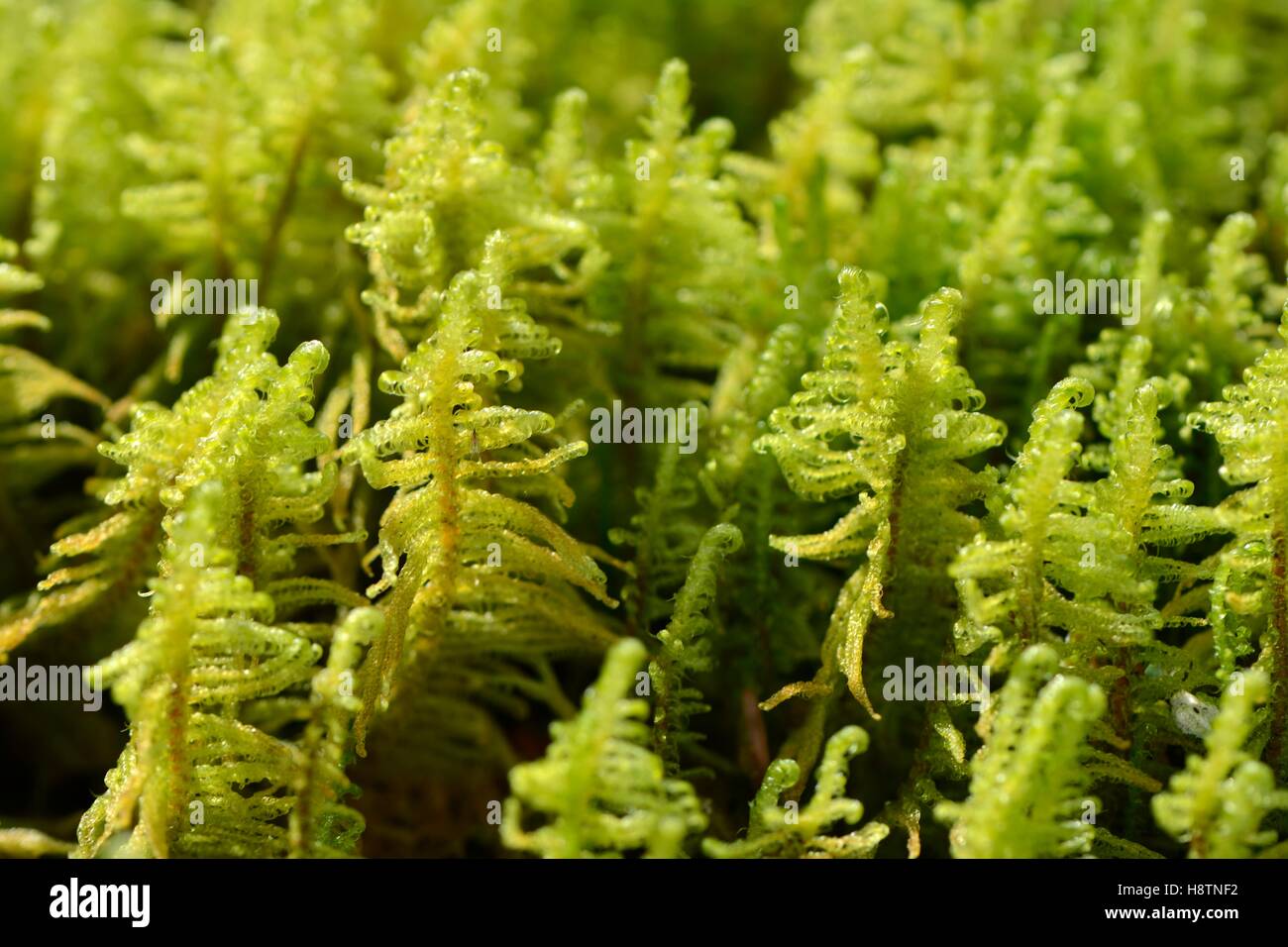
image from: https://www.alamy.com/stock-photo-greater-whipwort-bazzania-trilobata-moss-on-rock-in-a-forest-in-scree-125933558.html
Marchantiophyta
image from: https://moss-notes.blogspot.com/2012/12/bazzania-trilobata-big-leafy-liverwort.html
, class Jungermanniopsida. Liverworts are similar to mosses but have a slightly different structure. Bazzania gets its species name “serpentina” from the Latin word for “serpentine” or “winding”, referring to its growth habit.
Morphology and Identification
Bazzania serpentina forms dense mats with irregularly branched stems that are 1-3 cm long. The leaves are incubous (lying flat against the stem), ovate to oblong in shape, and have 2-4 teeth at the apex. The underleaves are much smaller than the leaves and are bilobed. Bazzania can be distinguished from similar species by its shiny, dark green color and the presence of flagelliform branches (thin, whip-like branches).
Global Distribution and Habitat
This moss has a wide distribution, being found in tropical and subtropical regions of the Americas, Africa, Asia, and Oceania. It grows on tree trunks, logs, rocks, and soil in moist, shaded habitats such as rainforests and cloud forests. Bazzania is often associated with other bryophytes and can form extensive colonies.
Ecological Roles and Adaptations
Like other mosses, Bazzania plays an important role in nutrient cycling, water retention, and providing habitat for small invertebrates

image from: https://www.researchgate.net/figure/A-Bazzania-spiralis-Reinw-et-al-Meijer-B-D-Bazzania-erosa-Reinw-et-al-Trevis_fig65_357780316
. Its mat-forming growth helps to stabilize soil and prevent erosion. Bazzania has several adaptations that allow it to thrive in its environment, including:
- Poikilohydry: the ability to tolerate desiccation and quickly rehydrate
- Efficient water and nutrient uptake through its leaves and rhizoids
- Asexual reproduction
image from: https://mikawanoyasou.org/koke/komutigoke.htm
via fragmentation, allowing for rapid colonization
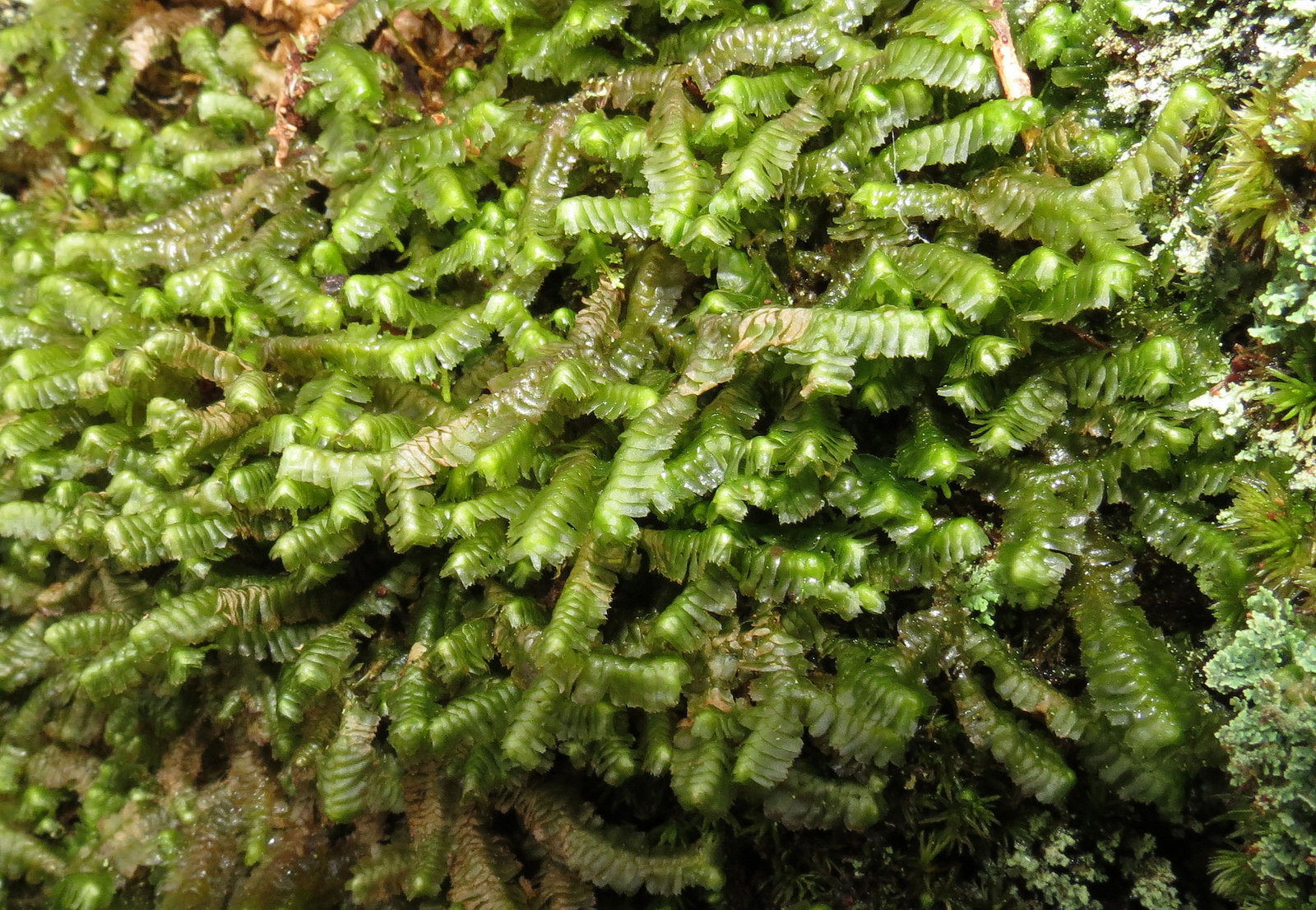
image from: https://www.marylandbiodiversity.com/view/8207
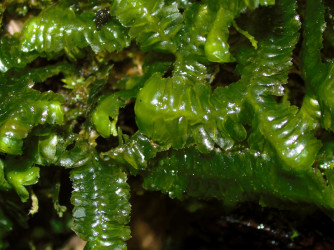
image from: https://sites.cortland.edu/bryophytes/field-guide/liverworts/bazzania-denudata/

image from: https://www.shutterstock.com/image-photo/scientific-name-bazzania-side-moss-garden-2036771858
| Characteristic | Description |
|---|---|
| Stem length | 1-3 cm |
| Leaf shape | Ovate to oblong |
| Leaf apex | 2-4 teeth |
| Underleaves | Bilobed, smaller than leaves |
| Color | Dark green, shiny |
| Branches | Flagelliform (thin, whip-like) |
Conclusion
Bazzania serpentina may be small, but it is a remarkable plant with an important ecological role. Its unique morphology, wide distribution, and fascinating adaptations make it a subject worthy of study and appreciation. Next time you’re in a tropical forest, keep an eye out for this winding, shiny liverwort – you might just discover a whole new world beneath your feet! What other secrets do you think the world of mosses and liverworts holds?

image from: https://pixabay.com/de/photos/bazzania-trilobata-mikroskopisch-903626/

